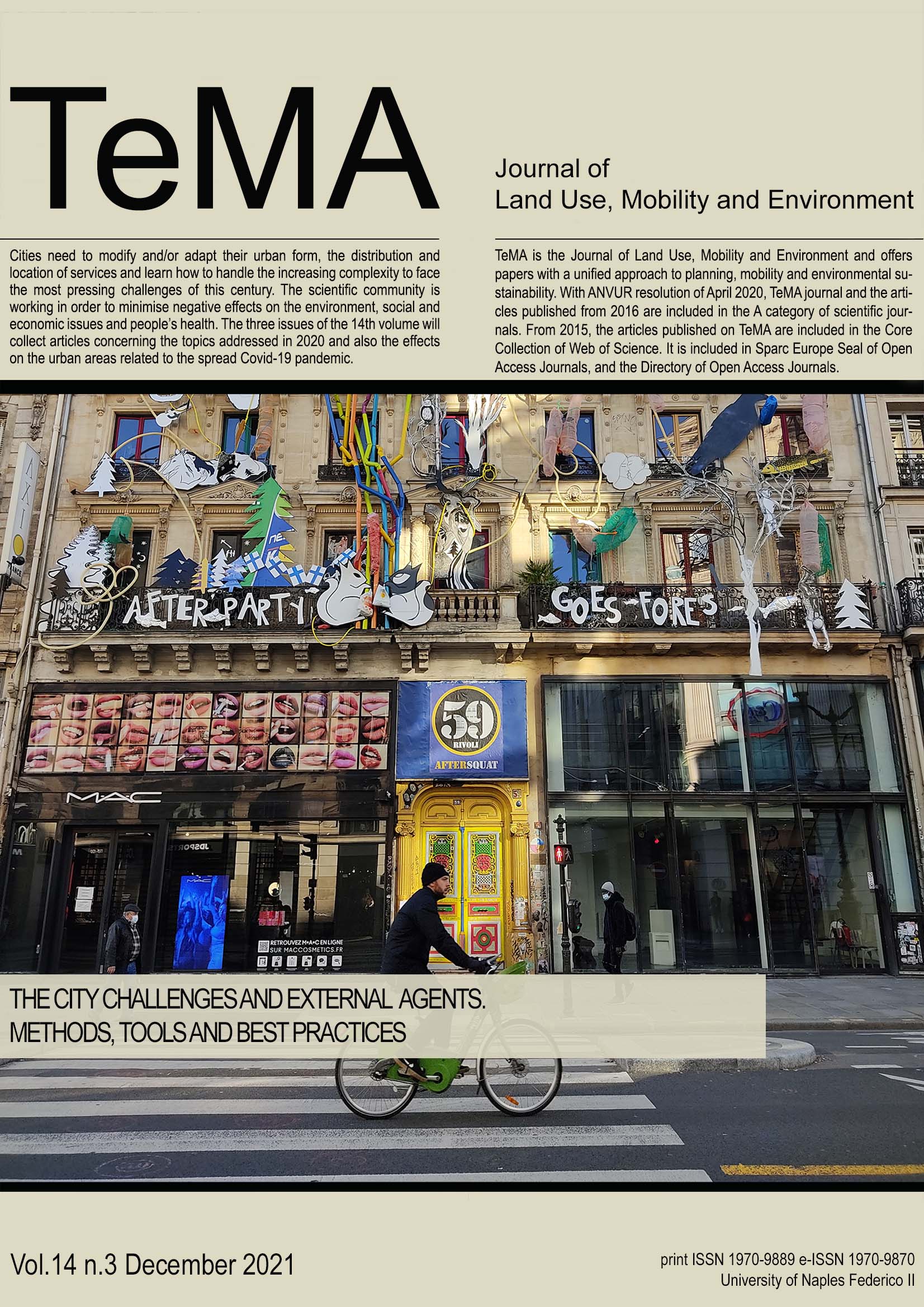Mobility scooters in Italy: the reason of a “missed revolution”. A potential resource for individual mobility in the Covid-19 era needs legislation
DOI:
https://doi.org/10.6093/1970-9870/8257Keywords:
Mobility scooters, Electric wheelchairs, Electric micromobility, Urban mobility, LegislationAbstract
Mobility scooters have evolved up to modern cabin versions and to application of still futuristic solutions in the automotive sector: they could even be a resource for individual mobility in the Covid-19 era, but in Italy they seem unable to establish, mainly because of lacking and approximate legislation. Article 46 of the Italian Highway Code generically delegates the definition of “machines for disabled persons” (not considered vehicles) to “current Community provisions”, but the explanatory note of heading 8713 of EU Combined Nomenclature of goods and EU Regulations 718/2009 and 2021/1367 equate mobility scooters to motor vehicles: as such they are an unknown entity for the Highway Code, therefore they should be considered unregulated atypical vehicles, which are forbidden in public areas. We propose the classification of mobility scooters as “motor vehicles” for both able and disabled persons and a specific regulation of their characteristics and circulation. Our legislative proposal could be useful even outside Italy, since some disputes at the European and National Courts and the absence of mobility scooters among the three-wheel vehicles and quadricycles categorized by EU Regulation 168/2013 are a symptom that they are still a controversial topic even abroad and need a clear-cut national and international legislation.
Downloads
Downloads
Published
How to Cite
Issue
Section
License
Authors who publish in this journal agree to the following:
1. Authors retain the rights to their work and give in to the journal the right of first publication of the work simultaneously licensed under a Creative Commons License - Attribution that allows others to share the work indicating the authorship and the initial publication in this journal.
2. Authors can adhere to other agreements of non-exclusive license for the distribution of the published version of the work (ex. To deposit it in an institutional repository or to publish it in a monography), provided to indicate that the document was first published in this journal.
3. Authors can distribute their work online (ex. In institutional repositories or in their website) prior to and during the submission process, as it can lead to productive exchanges and it can increase the quotations of the published work (See The Effect of Open Access)


